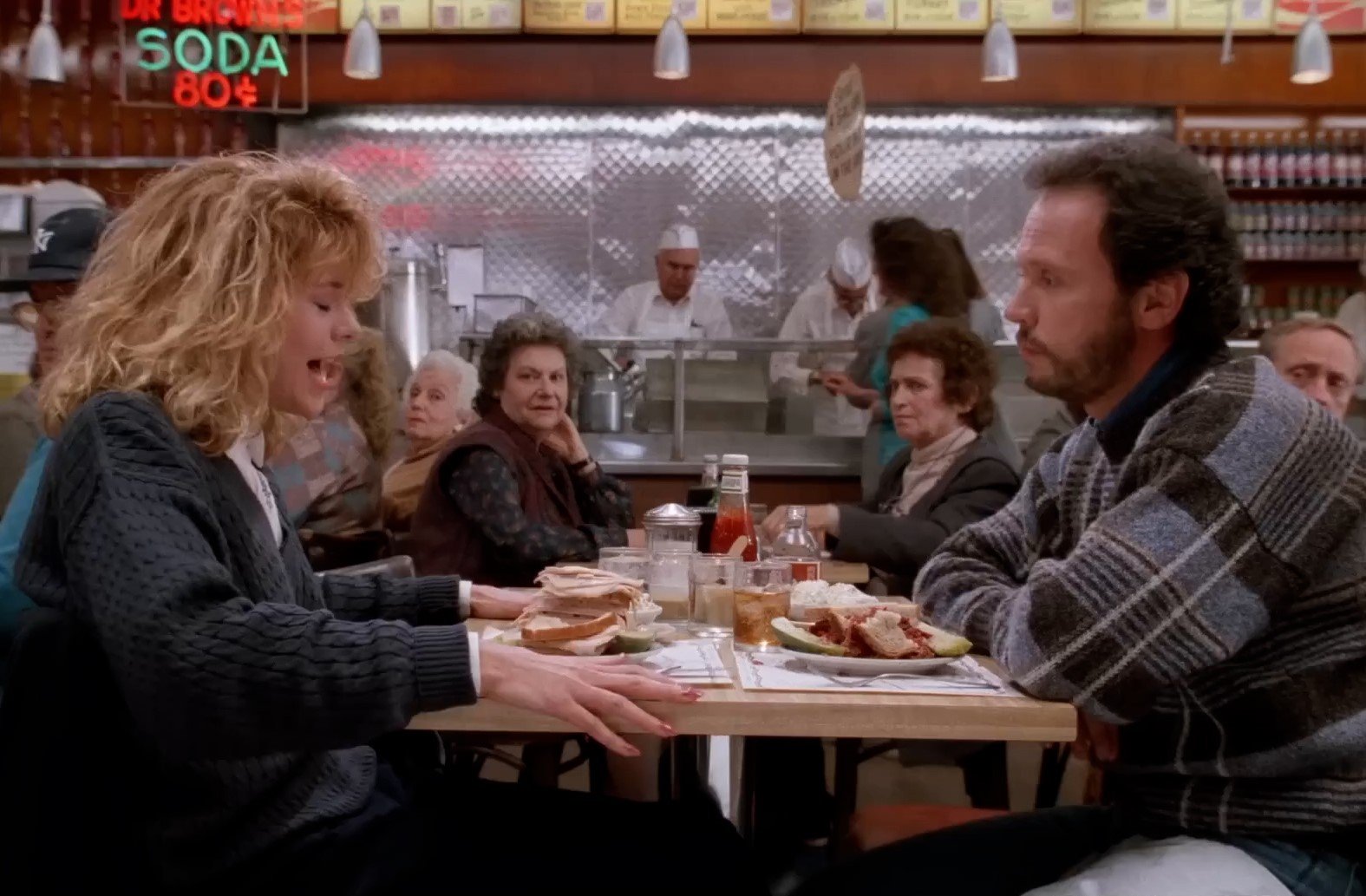A notorious overheard conversation from cinema history is helpful here. In “When Harry Met Sally” (1989), a somewhat distinctive delicatessen conversation about the possibility of platonic love between a man (Harry) and a woman (Sally) culminates with a vigorous demonstration of “faking it” (a well-rehearsed simulation by Sally). The incident illustrates how familiar intimacy can become public spectacle (and is there a better way to characterize the radical escalation of architecture from notion to edifice?). However, even more aperçu is the culmination of the scene, when a woman at a nearby table, coming to the conversation late—and being aware only of its conclusion—says to her waiter, “I’ll have what she’s having.”
Like the woman in the deli, we often find ourselves as distant followers of these architectural conversations, hearing only the highest pitch of proclamations that make it through the aether. With only partial information, we decide if we agree with what is offered, and, if we will also have what they’re having. The menu of recent offerings is an array of ideological flavors, all of which come in recurrent conceptual combinations. In identifying across courses the major ingredients of seriousness and play (which, like sweet and sour, seem best in combination), the resulting taste profiles have some recurring notes: a flavor of the ordinary, but only as reconstructed; a suspicion of irony, but an underlying appreciation of its uses; and a hunger for the real, as stewed in the reduction of the digital. The consistency within variety speaks to a common gastronomy of practices at this juncture, a collapse of old dualities into new frothy mixtures.
If, as eavesdroppers on these architectural exchanges, we are the proverbial lady at the next table, then who are Sally or Harry? At this point, the analogy completes and confounds us, for we are each the actor, the observer, and the audience, as architectural talk is for, with, and by architects. Such a limited audience is not lamentable; rather, what must be understood is that the passion of the bull session, among those who know and care, constitutes the fire that fuels the discipline. As long as the talk is fresh, count me in; I will continue to have more of what they’re having.

